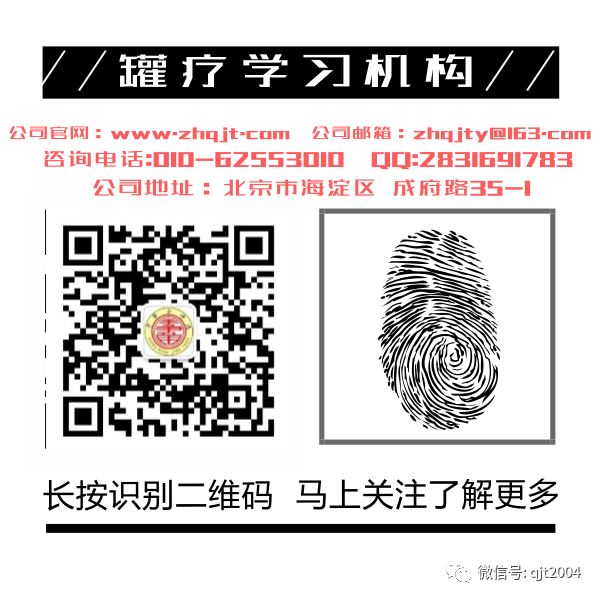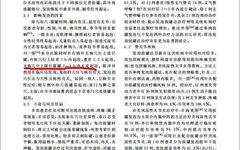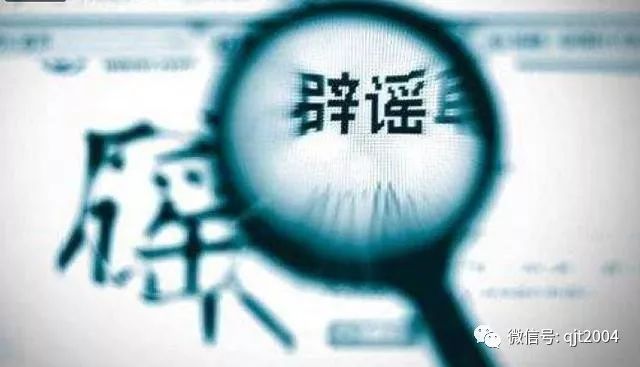
In the understanding of most people, leaving the cupping jar on for a long time will result in blisters. However, this is not the case. The formation of blisters is due to the presence of phlegm-dampness (痰湿 zhān shī) in the body or the local area where cupping is applied, rather than simply being a result of prolonged duration. In other words, if a person does not have phlegm-dampness, even if the cupping is left on for a long time, blisters will not form. Therefore, the notion that “blisters are caused by prolonged cupping duration” is a blatant rumor.
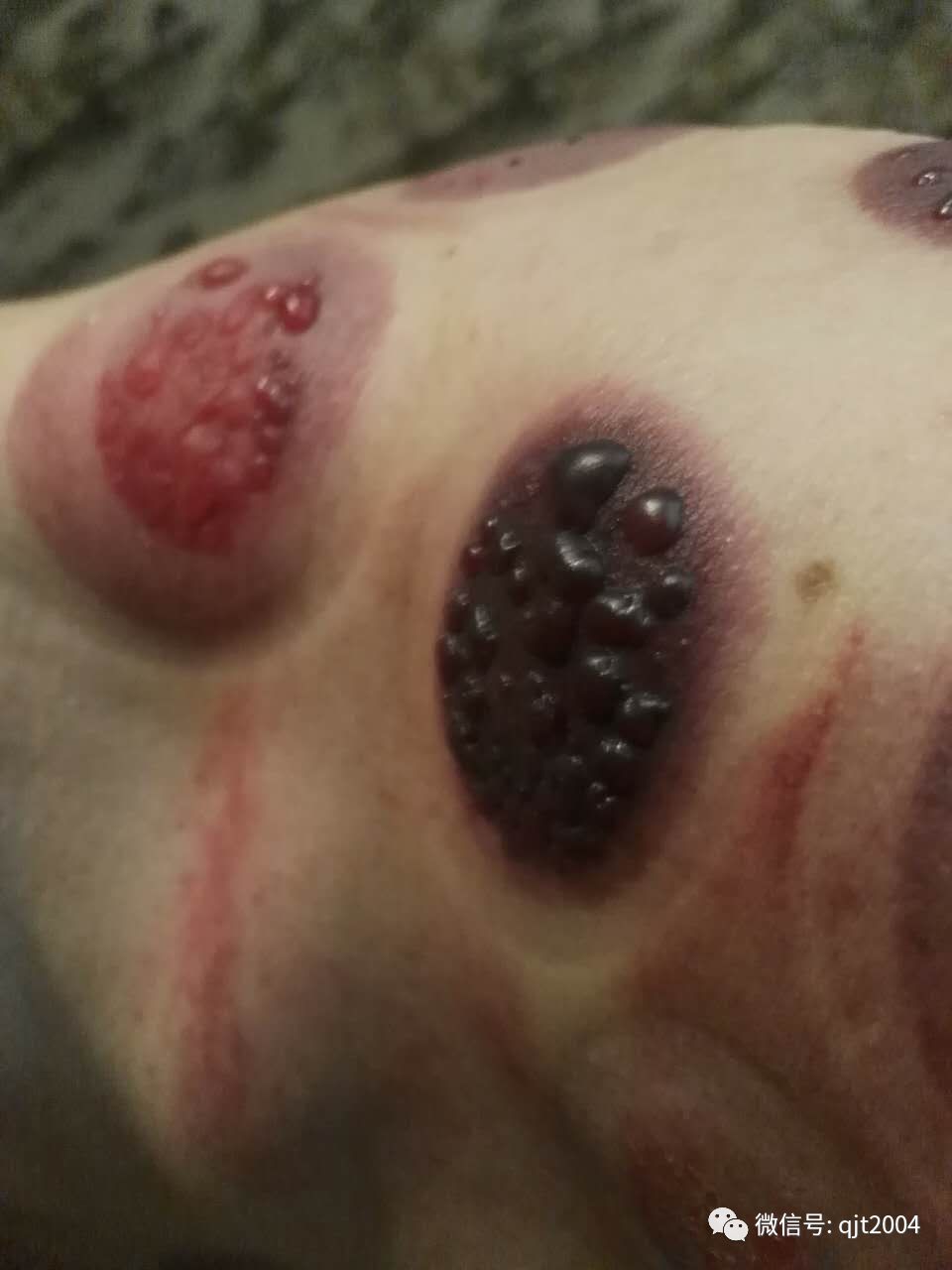
To prevent some individuals from being misled by these rumors for too long, with their beliefs becoming deeply rooted, they may not trust us and think this is just one perspective. Therefore, you can refer to Liu Yiru’s book “Unique TCM Therapies: Acupuncture and Cupping Blister Therapy” which mentions this conclusion. This conclusion has also been cited in the research article “Application Study of Blister Cupping Therapy” published by Gu Xinguo and others in the journal “Chinese Acupuncture”. Below is a screenshot:
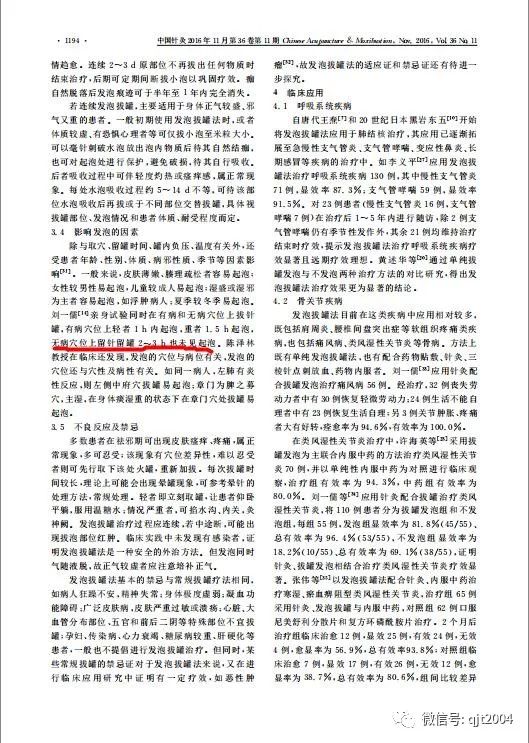
From a TCM perspective, the blisters that appear from cupping are caused by phlegm-dampness. The timing of blister formation is related to the balance of righteous and evil qi, the size of the cupping jar, and the negative pressure inside the jar. Cupping is essentially a process of promoting qi and blood circulation and adjusting yin and yang. Blisters not only help to expel phlegm-dampness but also provide long-term stimulation to the acupuncture points during the absorption of the blisters, enhancing the effects of promoting blood circulation, resolving stagnation, and dispelling wind and dampness.
Modern research has shown that 80% of the components of blisters are water, along with lymphocytes and immunoglobulins. By stimulating the production of these immune cells through the blisters, it can effectively enhance immunity and strengthen the body’s resistance to pathogens. Therefore, this is a beneficial stimulation for the body.
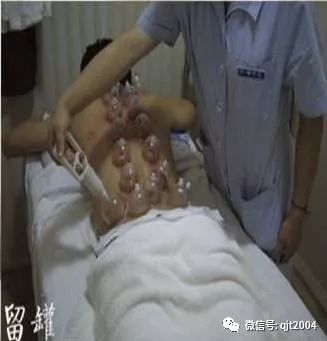
Regarding the treatment of blisters, if the blister is small, no special treatment is needed; just allow it to absorb naturally. Be careful not to break the blister while bathing, dressing, or sleeping. If the blister is larger, it is recommended to sterilize and use a disposable needle to puncture the blister, followed by simple bandaging. When bathing, be careful not to wet the area around the blister to avoid infection.
Do you understand the knowledge about blisters now? If someone tells you next time that “blisters are burns” or “blisters are caused by prolonged cupping duration,” please read this article to them directly.
